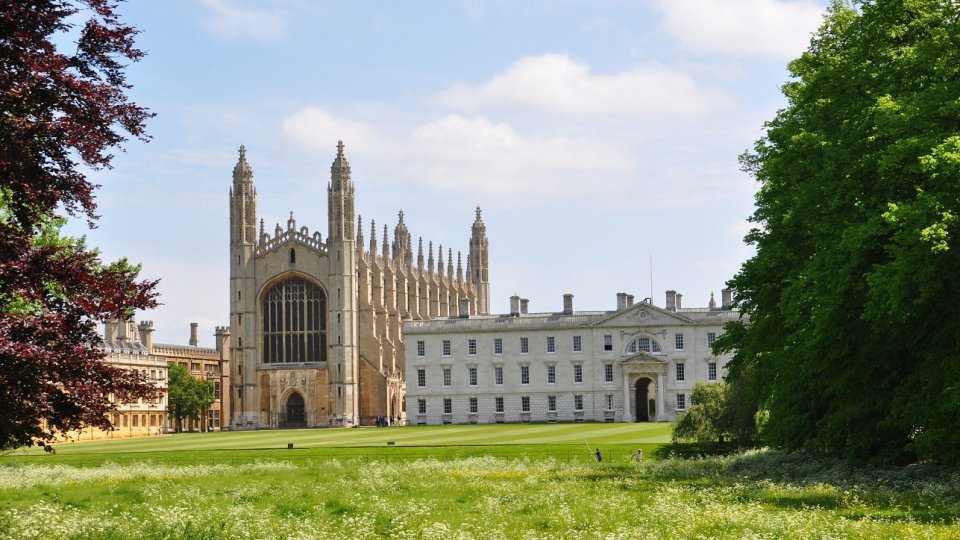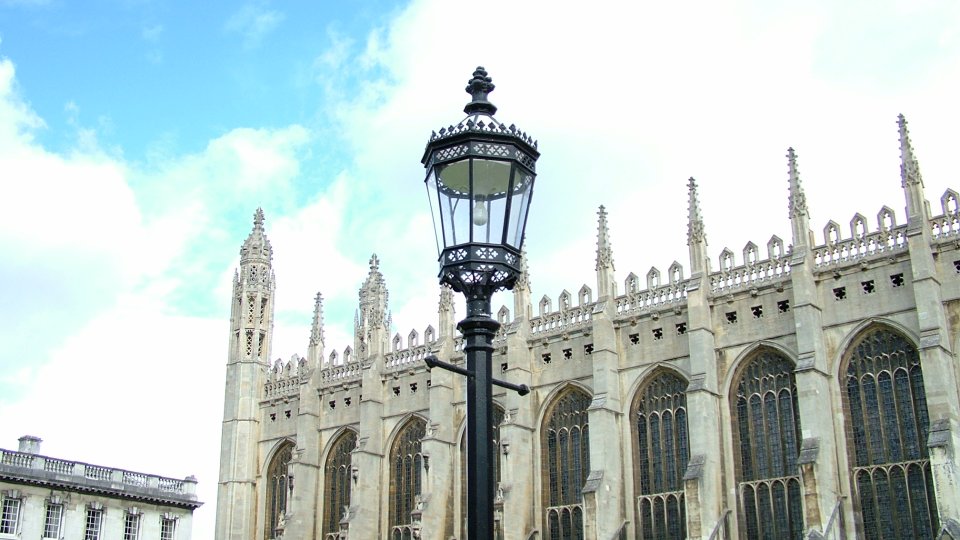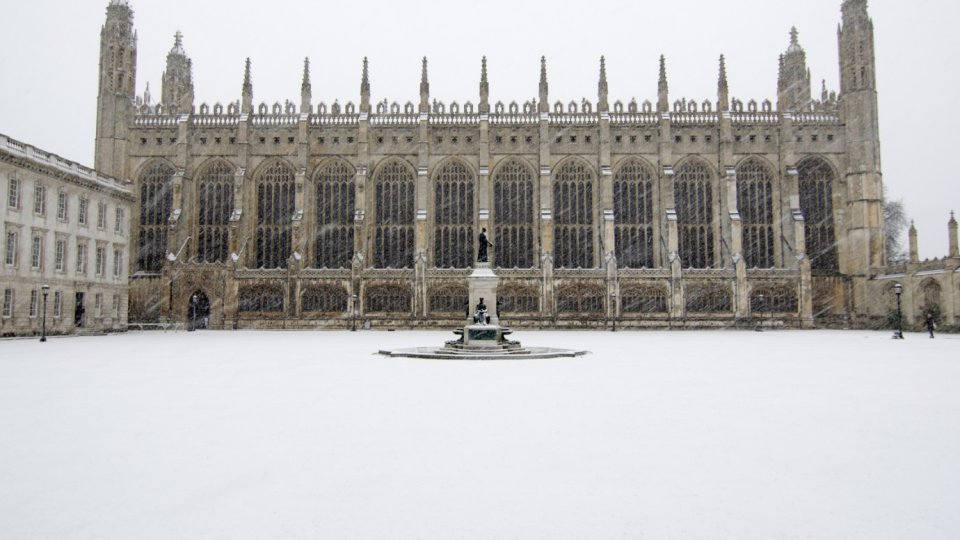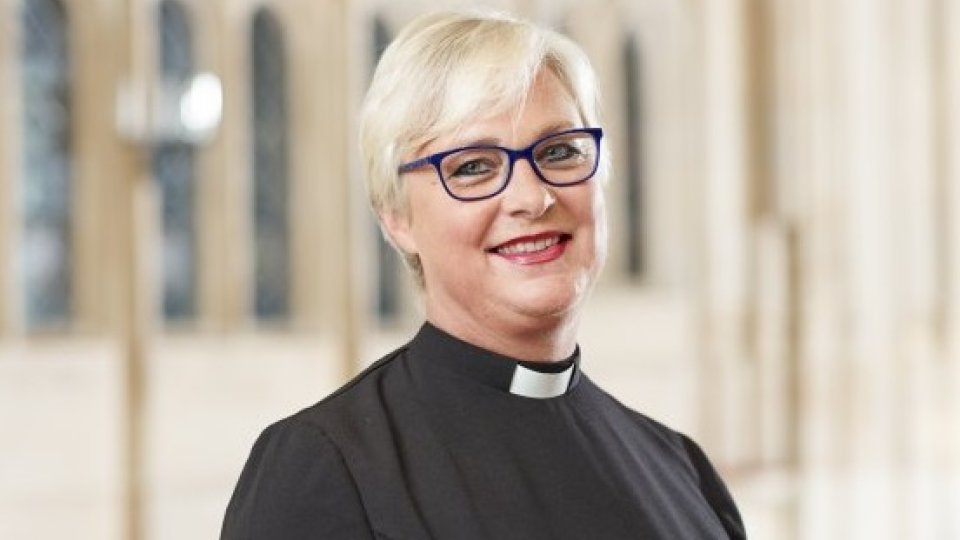
The College has completed work on a year-long conservation of its Chapel roof and has begun installation of 438 new solar panels.
Restoration of the Chapel roof had become increasingly urgent once its lead roof covering exceeded its natural lifespan, meaning it was no longer watertight. The College recognised a once-in-a- generation opportunity to both completely restore the roof and install photovoltaic (PV) panels while the necessary infrastructure was in place, as the Chapel roof is the single largest potential opportunity for renewable electricity generation on the main College site.
Provost Dr Gillian Tett commented:
This is an historic moment for King’s College Chapel and Britain’s architectural heritage. It is only one step on the road towards cleaner, greener energy but it is a potent and inspirational symbol of our commitment to being good stewards of our environment.
After an extended period of consultation with bodies including the Diocesan Advisory Committee (DAC) of Ely Diocese, Historic England and the Society for the Preservation of Ancient Buildings, Cambridge City Council unanimously approved the College’s proposal for the PV installation. Work on the roof restoration began in September 2022 and PV installations began in March 2023.
Arrays of 219 REC Alpha 420 Pure-R photovoltaic panels will be fixed to each of the north and south slopes of the Chapel roof and will generate an anticipated 123,000 kilowatt hours per year (kWh/y) which feeds into the College’s on-site electricity supply. Total potential peak output of the panels is 100 kWp.
The photovoltaic panels, which form one facet of the College’s strategy to decarbonise its operations by 2038 will reduce the College’s carbon emissions by more than 23 tonnes each year, the equivalent of planting 1090 trees. The new panels, combined with existing panels installed on the Wilkins Building and Old Garden Hostel student accommodation, will reduce the annual electricity demand of the College’s main site by approximately 5.5%.
The Chapel joins a number of churches and cathedrals which have already installed solar panels, including Salisbury and Gloucester Cathedrals and Great St Mary’s, the University of Cambridge’s church. The project has been exclusively funded by philanthropic donations made to the Chapel and College over many years.
The Reverend Dr Stephen Cherry, Dean of the Chapel, commented:
Whilst the economic input of the solar panels are valuable in monetary terms, its main public benefit is in the carbon saving over a period of many years. It must also be seen as part of the College’s drive to make its buildings and especially the Chapel more efficient and as a tangible example of how the Chapel can and should be contributing to the moral and ethical wellbeing of this place of learning.
You can read more about the project and the regional partners that have made it possible here.







